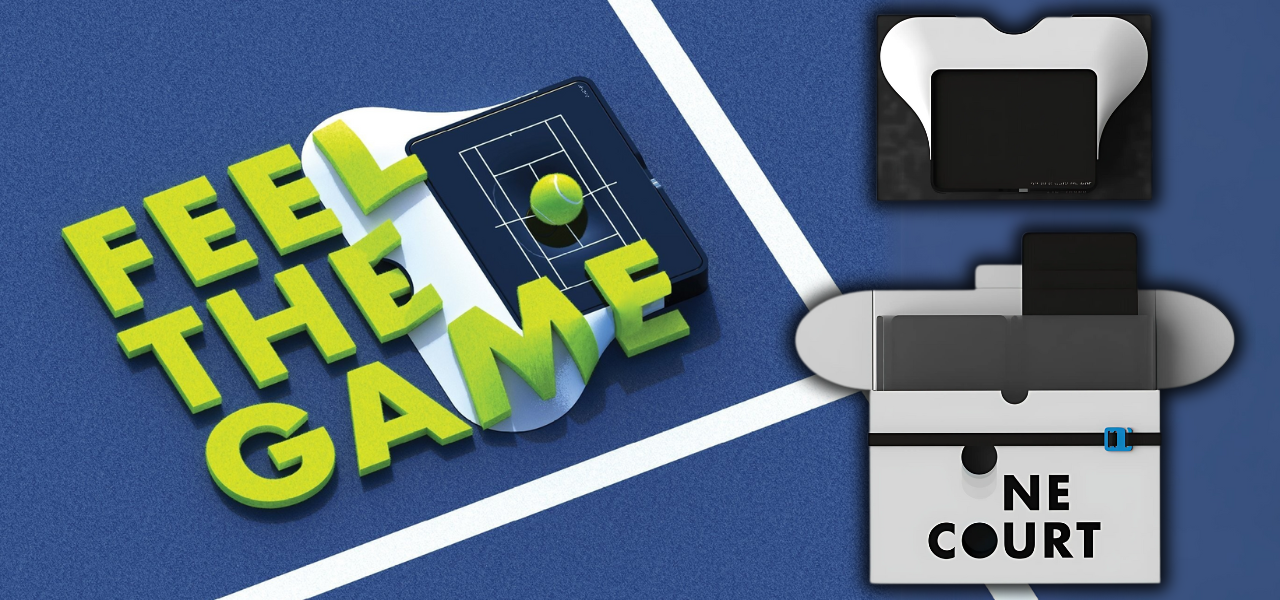New Accessibility: Sports at Your Fingertips with OneCourt
This story began in the fall of 2021 in Seattle, Washington. Jerred Mace, a junior at the University of Washington, became passionate about helping blind and visually impaired fans not just hear what was happening during games — but actually feel it.
How It All Started
Jerred quickly assembled a team of fellow university students, and they began developing a specialized tablet for sports fans with visual impairments. The goal was to combine familiar tools like audio commentary with tactile feedback that could relay the real-time motion of the game. The key innovation? The tablet allows users to receive live game data through their fingertips — transforming auditory experiences into touch-based sensations.
From College Project to Commercial Venture
Now that OneCourt has evolved from a student initiative into a commercial enterprise, the team behind it deserves recognition, even if briefly. The OneCourt project currently consists of eight members, all former University of Washington students. Interestingly, their backgrounds span information technology, design, finance, business, and electrical engineering — but none come from the humanities or social sciences.
Despite that, the way Jerred Mace and his team understand and address the needs of the visually impaired is deeply human — and absolutely worthy of admiration.
Why Did They Do It?

One might wonder: what would someone like Bree Fraser, a specialist in technology management, or Jerred Mace, a graduate in industrial design and entrepreneurship, have to do with visually impaired sports fans? Why would Antyush Bollini, a master’s student in technological innovation, be interested in developing a device that will ultimately serve a relatively small user base? What could Andrew Buckingham, an electrical engineer, possibly gain from working on a project where his tasks — equipment testing and tuning — were fairly standard for his field?
And this is not even considering the fact that the project had limited commercial potential, and, as a result, limited financial return. Yet despite all that, these young University of Washington graduates in Seattle chose to work on it anyway. It’s fair to assume that what drove them was a genuine desire to help those who are unable to see the beauty of a basketball game in all its vivid detail.
The favorite forward breaking through to the hoop. The basketball itself, hesitating — should it fall into the net now, or keep the crowd in suspense just a bit longer? The frustrated sigh from fans when the ball misses the basket. The elegant passes, the sudden steals, the desperate reach of a defender mid-jump, half-leaping, half-scrambling to grab the ball. The instant replays of thrilling or amusing moments on the jumbotron — where you can see the players’ hands merging with the ball, feeling its glorious texture as if the ball were an extension of their body.
In short, all that magnificence is inaccessible to those who must rely solely on the audio version of the game — even if it’s the most detailed commentary available. In such versions, these moments are conveyed by a descriptive commentator (also known as a tiflocommentator), but even the best words often fall short.
At Your Fingertips — Sports for Those Who Cannot See

It’s not just about radio commentary delays — the real issue is that a blind fan completely lacks the ability to perceive the spatial dynamics of the game. Unlike sighted spectators, they cannot visualize where the player with the ball is — or even where the ball itself is — at any given moment.
The new OneCourt device tackles this challenge by leveraging the fact that many sports matches are now broadcast in real time, with audio and video synchronized with what’s actually happening on the court.
The tablet developed by the OneCourt team features a tactile display that represents both the playing field and its markings, allowing users to feel and interpret the game’s movements with their fingertips.
Thanks to this remarkable device, users can accurately track where the ball and players are, how they move, and even whether a pass to a teammate on the left was successful.
However, certain nuances remain difficult to convey — for example, determining whether players are inside the three-second zone or exactly where they go next can still be challenging.
But the OneCourt team, founded by graduates of the University of Washington, isn’t stopping here. They continue to develop their socially impactful project, aiming to assist fans of basketball, American football, and other sports in experiencing the game more fully.
Learn about accessible sports for the blind—check our blog.
